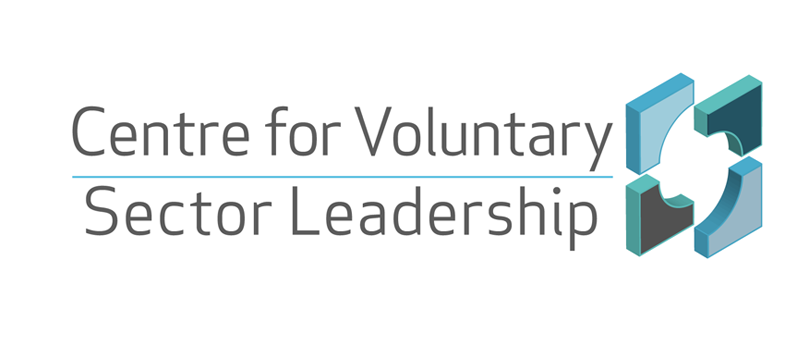5 Key practice: sociomaterial awareness
‘Sociomaterial’ sounds like a mouthful but actually it just means the connection between the human and physical/material world. We usually take the material world and our connection to it for granted, assuming that humans are the ones in control. Our argument is that the interplay between human and non-human is subtler than that. In fact, it is very often unhelpful to think in human and non-human terms. Instead, it is worth reflecting on how our identities as people are dependent on the technologies we use and the spaces we inhabit.
As you reflect back on the learning this week, you will notice that what you have been doing is unpacking leadership practice as something that is assembled through various uses of processes, spaces and technologies. These are often things people take for granted but actually are dimensions that you can experiment with.
The value of developing sociomaterial awareness lies in you being able to better see and appreciate the practices of leadership as they unfold within your organisation. Think of it as developing an extra sense, a new perspective on the world. Viewing the world sociomaterially may also allow you to start experimenting with how you work with people, processes, spaces and technologies – mixing things up, experimenting with different configurations and patterns.
The key to developing sociomaterial awareness is to try to make the world around you seem strange and new. Try approaching a meeting or reading a communication from management as if you were a total outsider seeing the organisation for the first time – or even an alien seeing everything in an office for the first time. Why are people doing things in certain ways, mixing spaces, processes and technologies in certain ways? Is there a logic behind the dependencies?
We like to think of sociomaterial awareness much like one of those science fiction films or television programmes where a character is able to pause or slow down time to such an extent that the rich and various dimensions of the room become visible. The character is able to walk around the room, exploring it from different perspectives, taking note of people’s deportment, their inter-relationships, of who and how people are using material objects. If you truly and exclusively pay attention to the interdependencies in action at your workplace – in a meeting but also just in the everyday bustle of organisational life – you might be surprised by what you notice.
4 Technologies of leadership
